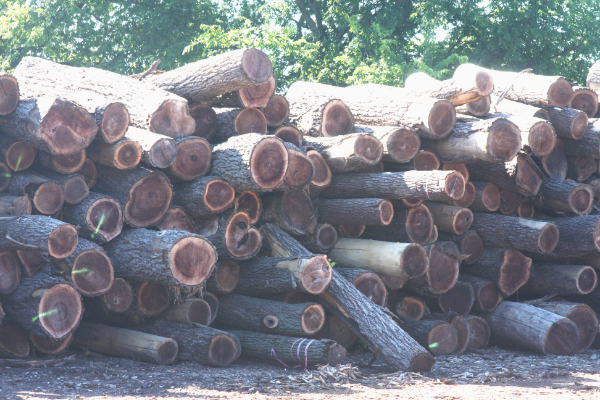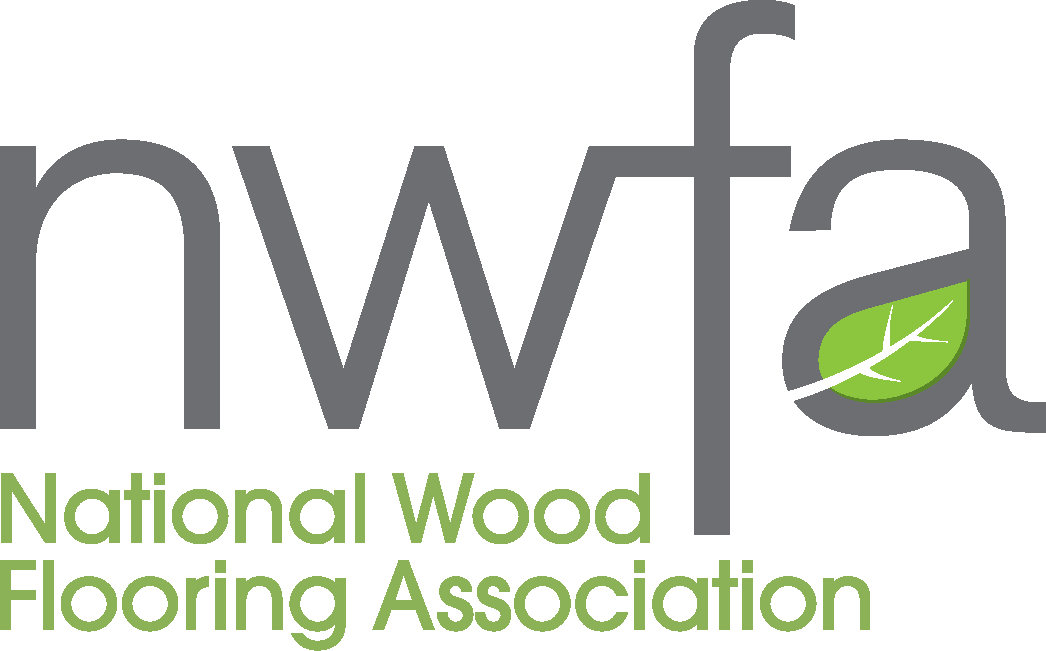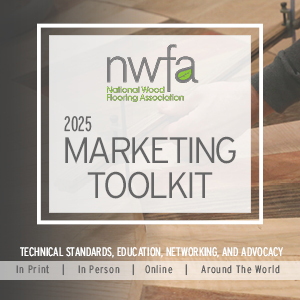
LEGISLATIVE UPDATES
Legislative issues in the wood industry are constantly changing. Stay up-to-date with the latest legislative rules and acts that can affect you and your business.
FORMALDEHYDE
Formaldehyde is a naturally occurring volatile organic compound. In the wood flooring industry, formaldehyde generally is used in adhesives and finishes. At low exposure levels, it is not harmful, but at high levels, it can be hazardous. For this reason, emissions are regulated in the U.S.
Formaldehyde emission limits are currently set at 0.05 parts per million for hardwood plywood, 0.11 parts per million for MDF that is more than 8mm thick, and 0.13 parts per million for MDF that is 8mm thick or less. Limits for particleboard are 0.09 parts per million. Current regulations require third-party certification that all products meet these limits. Documentation and labeling specifications are required as well.
As a buyer, seller, or installer of wood flooring products, it is your responsibility to know where the products are coming from and that they are compliant with these regulations. Purchasing from a reputable source is important and will help to ensure the products you deal with meet these emission limitations.
Compliance with this law is mandatory nationwide.
Being unaware of regulations regarding formaldehyde, or misinformed about how they affect you, can result in huge fines that can financially devastate your company. More-detailed information about formaldehyde is available on NWFA University and at www.epa.gov/formaldehyde.
LEAD
Lead is a naturally occurring chemical element. It is a soft, malleable metal that can be poisonous to humans if ingested or inhaled. In the wood flooring industry, lead can be found in old finishes and paints often encountered during home remodel projects.
The U.S. Environmental Protection Agency requires that homes or any non-residential building built before 1978 be tested for lead if more than 6 square feet of any surface will be impacted, or if the type of finish on the floor is unknown. Testing by a certified company must occur before work begins. If lead is present, lead-safe work practices must be implemented.
Compliance with this law is mandatory nationwide.
Being unaware of regulations regarding lead, or misinformed about how they affect you, can result in huge fines that can financially devastate your company. More-detailed information about lead is available on NWFA University and at www.epa.gov/lead.
VOLATILE ORGANIC COMPOUNDS (VOCS)
Volatile organic compounds (VOCs) are organic chemical compounds that off-gas from either a solid or a liquid substance into the surrounding atmosphere. Most VOCs are not harmful, but some have been linked to adverse human health issues and environmental damage.
There are two types of VOCs.
Biogenic
Biogenic VOCs are naturally occurring, and are not harmful to humans and/or the environment. These VOCs generally come from plants. Other biogenic VOC producers include animals, fungi, mold, and bacteria.
Anthropogenic
Anthropogenic VOCs are man-made, and can be harmful to humans and/or the environment. These VOCS come from fossil fuels, benzene (cigarettes, lubricants, dyes), perchloroethylene (dry cleaning, paint strippers, metal degreasers), chlorofluorocarbons (refrigerants, propellants, solvents), formaldehyde, paints, and coatings (including wood flooring finishes). Safety equipment should be used when working with these kinds of products.
Potential health risks from anthropogenic VOCs include eye, ear, nose, and throat irritation; dizziness; drowsiness; birth defects; bone marrow abnormalities; Parkinson’s disease; leukemia; cancer; and even death. Potential risks to the environment include global warming and ozone depletion.
Some types of VOCs are highly regulated in the United States. The two main organizations that regulate VOC emissions include the Environmental Protection Agency (EPA) and the Occupational Safety and Health Administration (OSHA).
Compliance with VOC regulations is dependent on where you are working, not where your business is located. In addition, these regulations can change for every jobsite. In the state of California, for example, regulations can change in different counties. Jobsites just a few miles apart may be subject to completely different regulations. It is your responsibility to know the laws that are applicable for the area in which you are working.
Failure to comply with VOC regulations can result in huge fines that can put you out of business. Fines also are assessed for every business in the supply chain (contractor, distributor, manufacturer, importer, etc.).
More-detailed information about VOC regulations is available at www.osha.gov, and www.epa.gov.
LACEY ACT
The Lacey Act is a US federal conservation law. It initially was enacted in 1900 to protect wild life. It was amended in 2008 to include plants and plant products, including wood.
In the wood flooring industry, the Lacey Act deals with illegal logging. It prohibits the import, sale or trade of illegally harvested wood and other forest products in the United States.
Lacey states that all wood flooring imported into the United States must include an import declaration. Whether a product must be accompanied by a declaration is determined by three questions:
1. Does it contain plant material? Wood is considered plant material, so the answer is yes.
2. Is it a formal entry? If it is being imported into the United States, as opposed to hand-carried, the answer is yes.
3. Is the Harmonized Tariff Schedule (HTS) code on the Schedule of Enforcement of the Plant and Plant Product Declaration? For wood flooring, the potential HTS code products could include wood in the rough; wood sawn or chipped lengthwise; sheets for veneering; and plywood or veneered panels. If any of these products are included, the answer is yes.
Import declarations must include: estimated date of arrival; entry number; container number; bill of lading; MID number; importer name and address; purchaser name and address; description of merchandise; HTS number; material value; scientific plant name; country of origin; and quantity of material.
Imported wood also must meet the Lacey National Consensus Due Care Defense Standard, which includes a chain of custody, starting at the forest of origin.
All parties in the supply chain are subject to penalties and fines for noncompliance with Lacey. Fines can be assessed for both civil and criminal violations.
More-detailed information is available at https://www.fws.gov/International/laws-treaties-agreements/us-conservation-laws/lacey-act.html.




